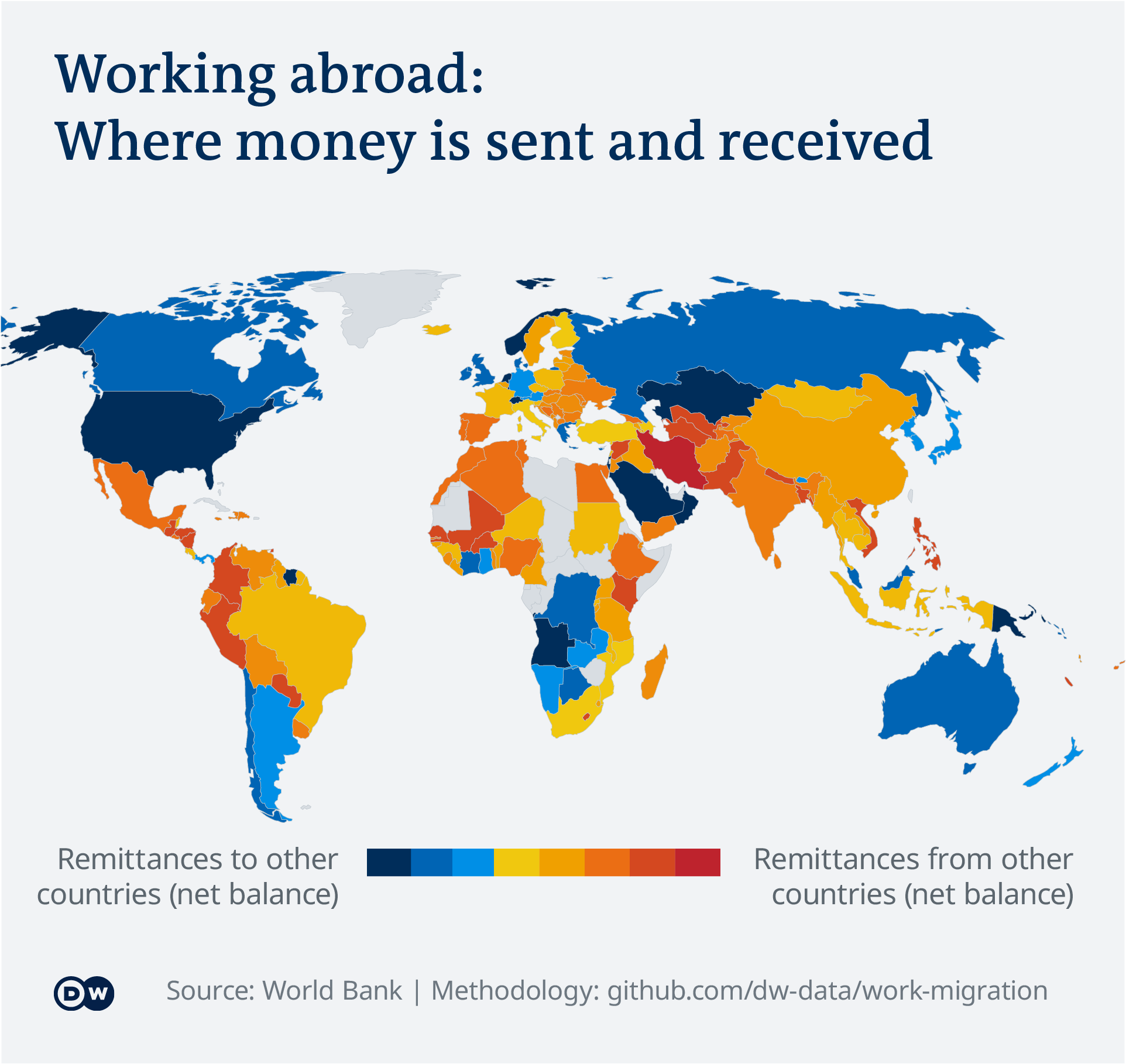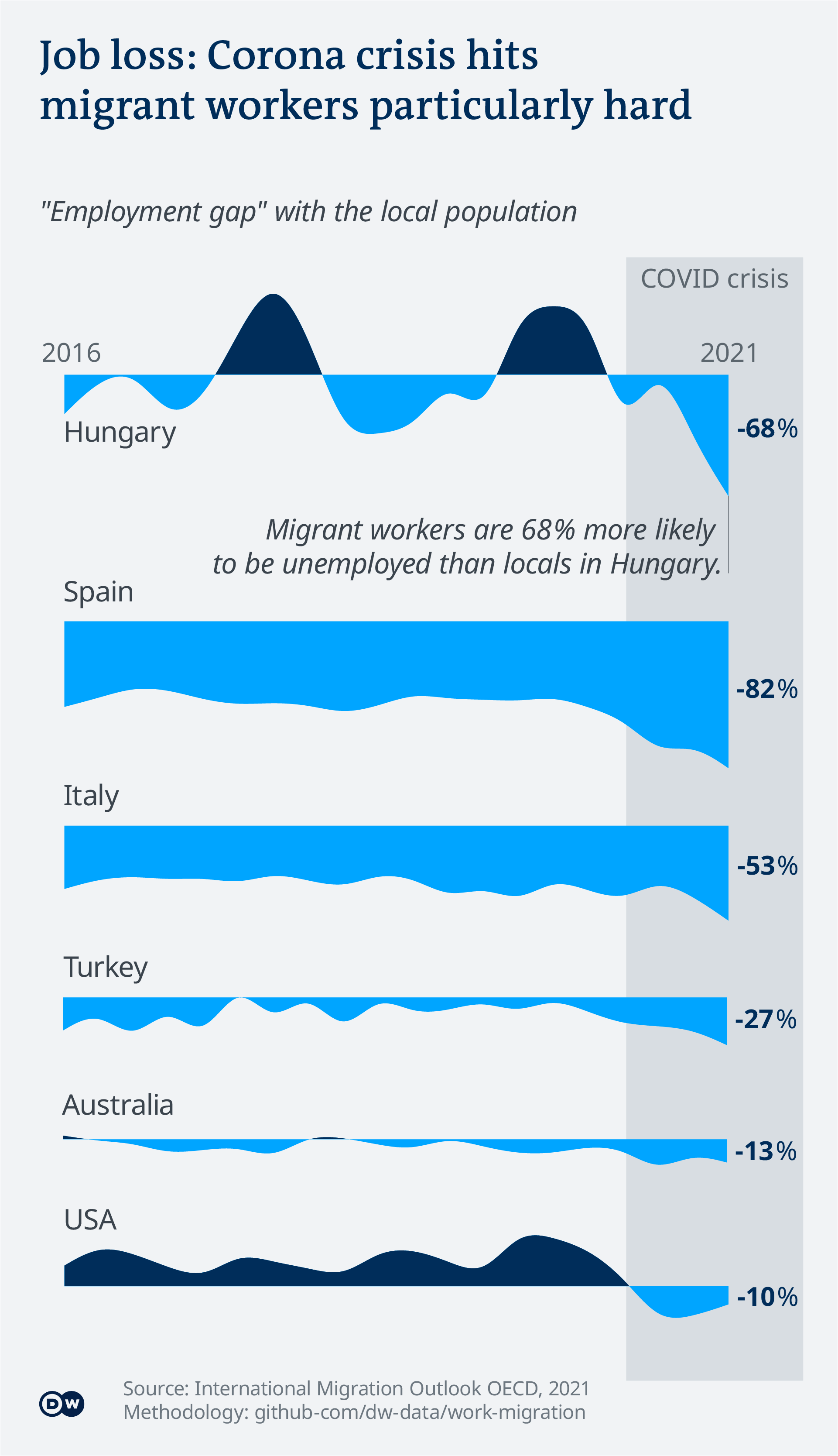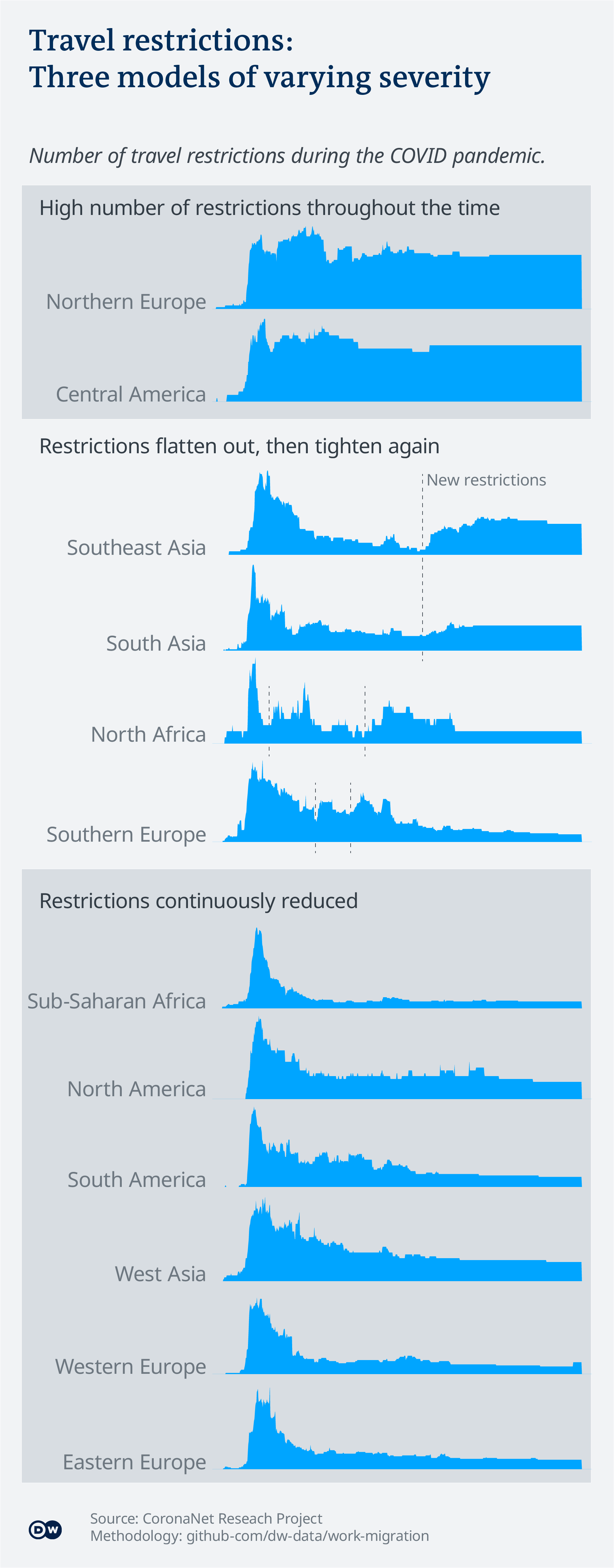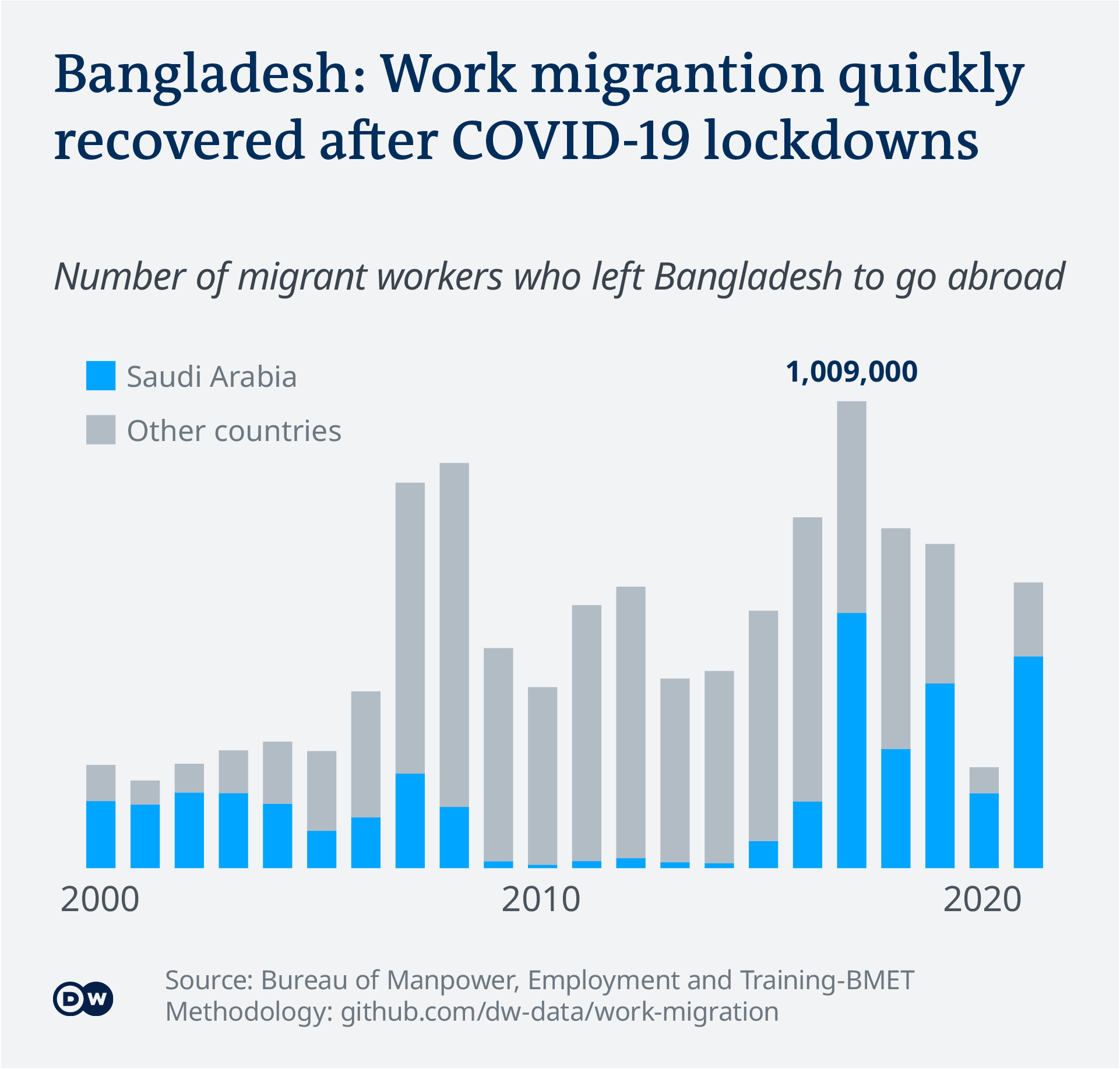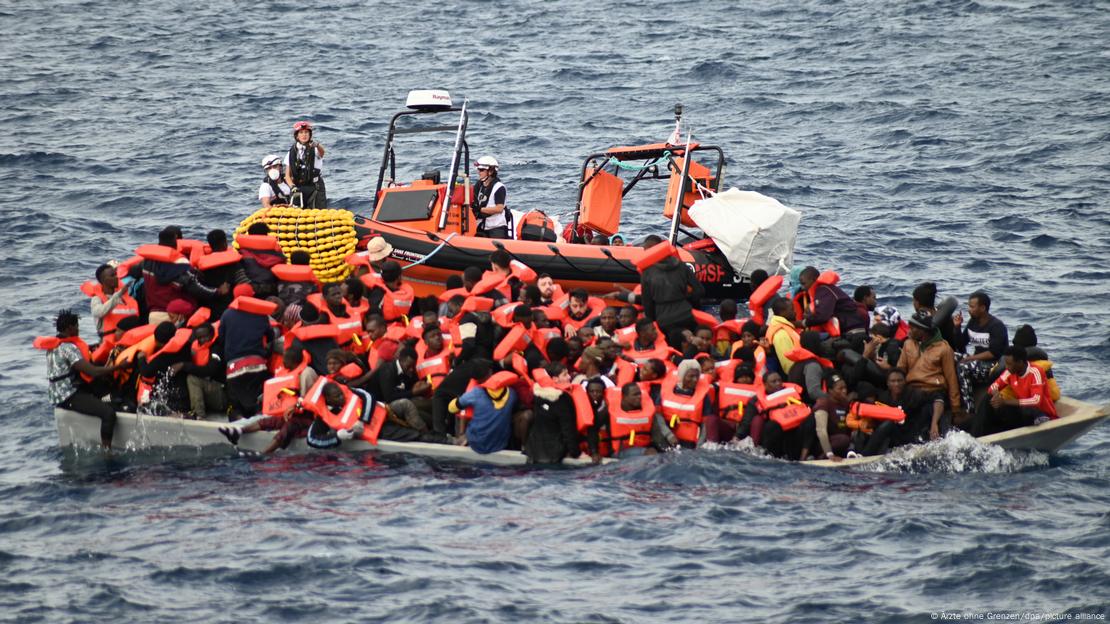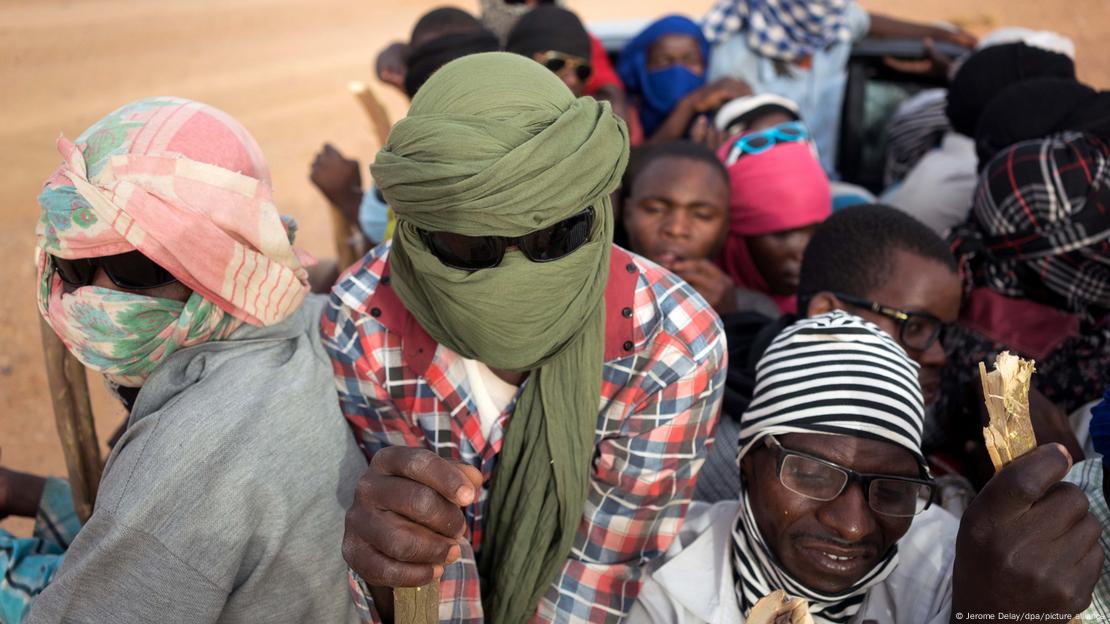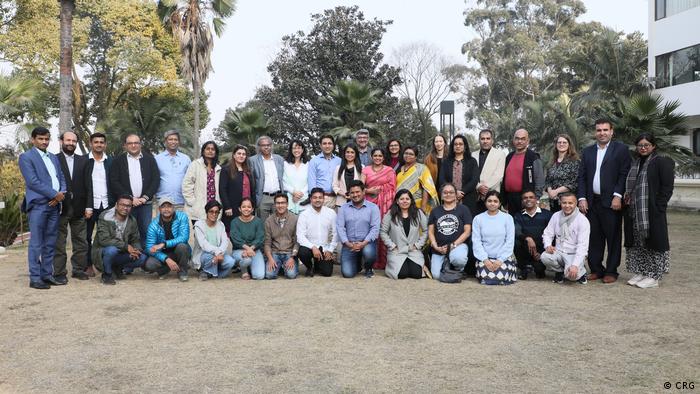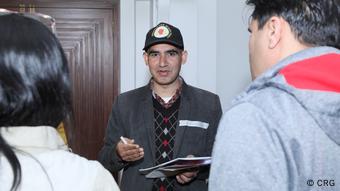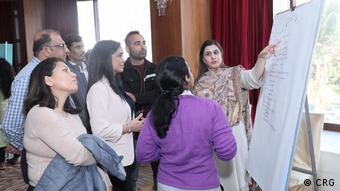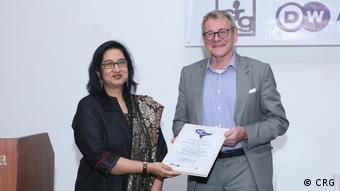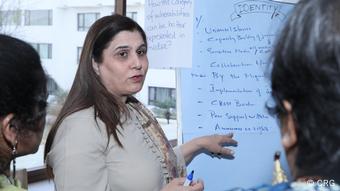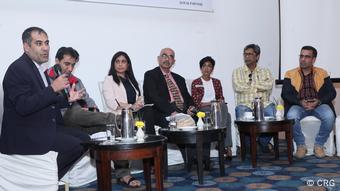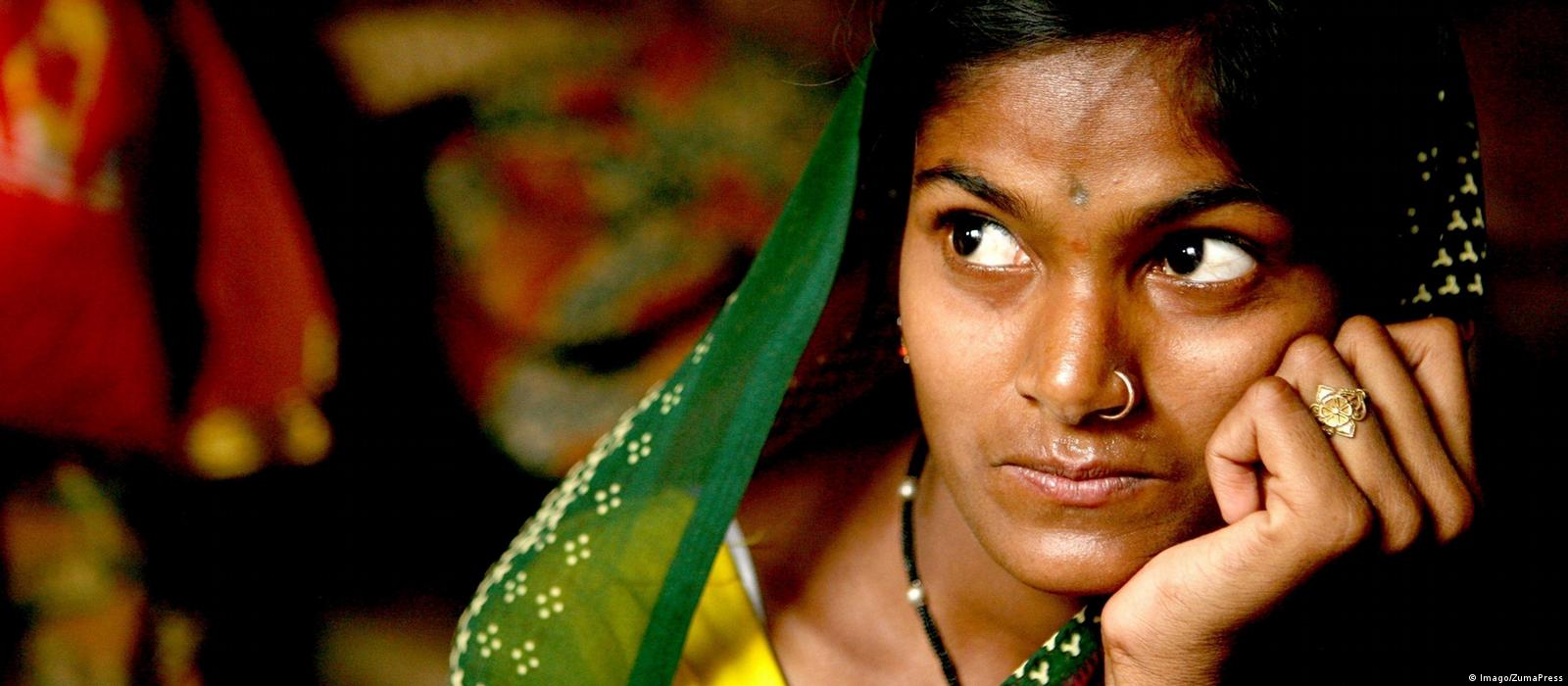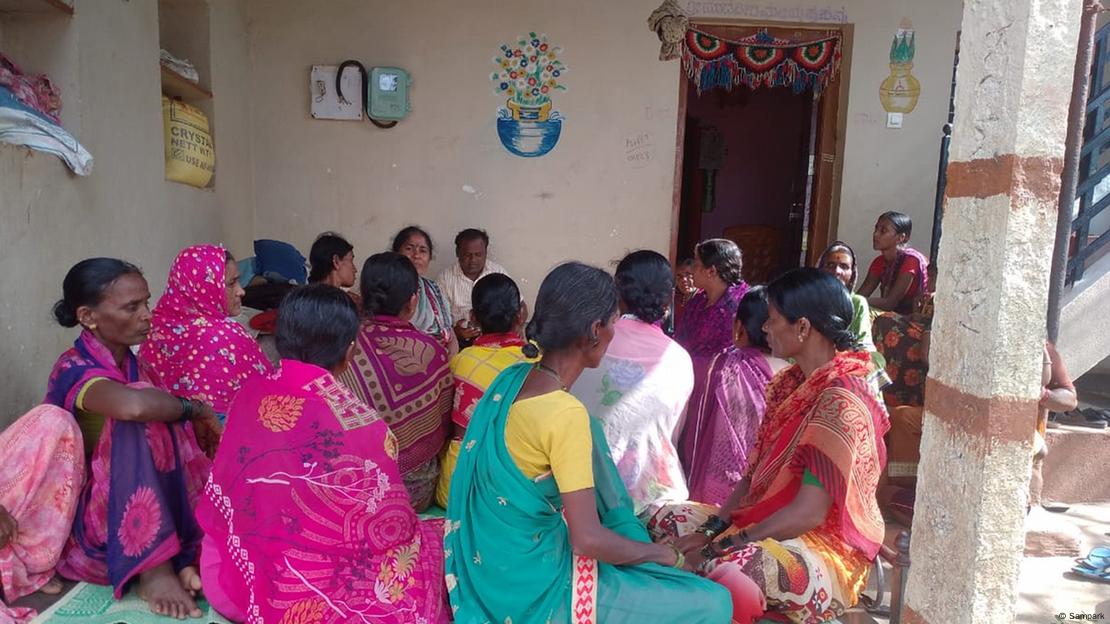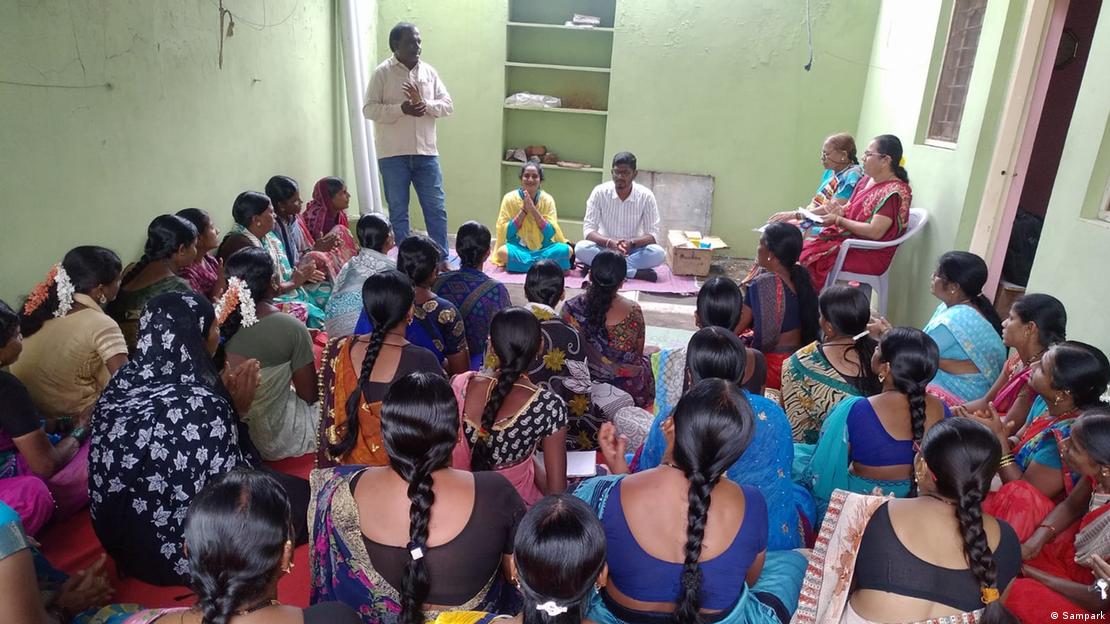Editorial
THE state has cast a wide dragnet to haul up all those allegedly involved in the May 9 rioting, while also using the opportunity to weaken the PTI. However, there can be no excuse for the hundreds of journalists that have been hounded by police just for carrying out their professional duties on the day of the mayhem.
Sadly, the methods are straight out of the colonial playbook; the state has used these tactics for decades to teach all those who have come in its way a lesson. According to the Lahore Press Club president, around 250 journalists and other media workers have complained of police harassment post-May 9.
It is likely that the media personnel were identified through geo-fencing when they were in the field covering the protests in key areas of Lahore after Imran Khan’s arrest. Particularly disturbing is the fact that family members of some media workers have also been picked up. The Lahore High Court has been petitioned to stop this flagrant abuse of authority, while the caretaker Punjab administration has also formed a committee to look into the matter.
While the wholesale crackdown on all PTI sympathisers cannot be condoned, the targeting of journalists who were simply doing their jobs has no justification whatsoever. The federal energy minister has described the ongoing actions as the “process of filtering the criminals from the onlookers”.
This cannot be used as an excuse to harass journalists and media workers. As it is, the media fraternity faces a difficult working environment in Pakistan, and journalists often put their lives on the line in the course of discharging their duties.
Using the anti-PTI crackdown as a cover to threaten journalists is not to be tolerated, and the Punjab government must stop this campaign of fear. The administration must also reveal the whereabouts of anchorperson Imran Riaz Khan, who has been missing for the last two weeks.
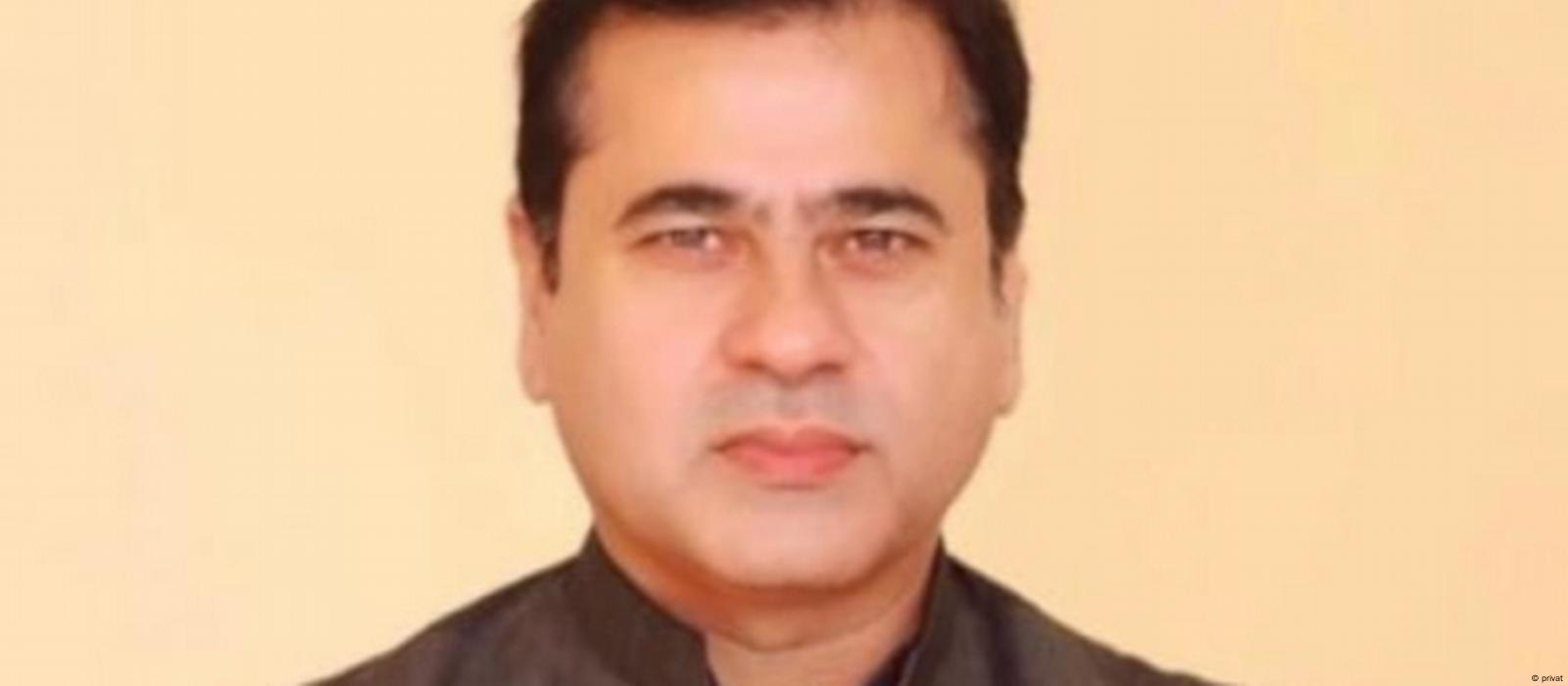
Haroon Janjua in Islamabad | Darko Janjevic
DW
Imran Riaz, a well-known TV anchor and YouTuber, was among thousands of Imran Khan supporters who were detained following the former premier's arrest and violent protests in Pakistan earlier this month. The journalist was reportedly taken into custody from the airport at the eastern city of Sialkot on May 11 on suspicion of inciting violence. He was due to appear before court in Lahore this Monday.
But then, the story took an an usual turn — authorities failed to present Riaz during the hearing, and Punjab police chief Usman Anwar told the court he was "clueless" about his whereabouts.
The chief justice of the Lahore High Court warned the authorities that "no one will be spared if anything happened" to the 47-year-old reporter.
Riaz's wife Arbab Imran told DW she is worried for her husband's safety.
"The arrest of my husband is deeply troubling. He raised voices for the vulnerable people and for the truth. My four children are concerned about him and we don't know the whereabouts of him. He was taken off air many times and I demand from authorities for his immediate release," she said.
RSF points to Pakistan's military intelligence
On Tuesday, Reporters Without Border (RSF) representative Daniel Bastard said it was "clearly Pakistan's military intelligence agencies that abducted Imran Riaz," after the Punjabi inspector spoke of unspecified "agencies" during the court hearing.
"According to confidential diplomatic sources consulted by RSF, the government's silence about the TV anchor's fate suggests that he may have fared badly since his abduction and may even have died in detention," the watchdog organization said.
Separately, Amnesty International called for Riaz's immediate recovery.
"On 22 May, the police told the Lahore High Court that there is no trace of him in any police department in the province."
The organization said the events amount to "an enforced disappearance" under international law.
"Punishing dissenting voices using enforced disappearance has been a worrying trend in Pakistan for many years and must be ended," Amnesty said.
Riaz missing, Sharif killed in exile
Riaz's lawyer Azhar Siddique says that the arrest is a "blatant violation of freedom of expression."
Riaz has decried Imran Khan's ouster from power in April last year, linking it to "regime change" and amplifying Khan's claims that the military was involved in ending his government. The anchor was already arrested twice, in July 2022 and in February 2023. The latter saw Pakistan's Federal Investigation Agency suspect him of hate speech and criticism of the military.
The disappearance of Riaz prompted some in Pakistan to draw parallels with the killing of veteran reporter Arshad Sharif last October. Sharif was well-known for criticizing the Pakistani military and was forced to flee Pakistan in August 2022 to avoid arrest. He was killed in Kenya in what a team of Pakistani investigators described to be a "targeted assassination." The background of the murder remains unclear.
Bad optics for freedom of speech?
With the country on edge, a disappearance of a prominent journalist is sure to chill other reporters in the country. Journalist Javeria Siddique, the widow of late Sharif, told DW that Riaz's arrest was "really alarming and a bad optic for freedom of speech in Pakistan."
"The government is arresting journalists over their stories and being vocal," she said, pointing to her husband's killing in Kenya. "Then we have seen the same pattern for Imran Riaz," she added.
"I am requesting from the authorities that they should immediately and unconditionally release the journalist Imran Riaz Khan. Criticizing the ruling elite of Pakistan is not something which falls in hate speech," Siddique added.
Legal expert Osama Malik notes that the freedom of information and the freedom of expression are guaranteed by the Pakistani constitution.
"Imran Riaz's brand of journalism may not be palatable to everyone, but that is certainly not a reason for the state to spirit him away," he told DW. "It is highly condemnable that despite the province's highest court asking about his whereabouts, the law enforcement agencies are unable or unwilling to present Imran Riaz in court or divulge his location."
Edited by: Shamil Shams
Following backlash, the minister claims she did not justify enforced disappearances and had categorically condemned the issue of missing persons.

Journalists and human rights activists have strongly criticised Information Minister Marriyum Aurangzeb’s comments regarding the case of anchorperson Imran Riaz Khan, who has been missing for more than a week after his arrest.
Riaz was among those apprehended in the wake of the protests that erupted following the arrest of PTI Chairman Imran Khan. Later, his lawyer had told Dawn.com that a writ petition was filed on May 12 over the anchorperson’s arrest and the Lahore High Court had directed the attorney general to present the anchor before the court the same day. But, after its orders were not followed, Sialkot police were given a 48-hour deadline to recover Riaz.
A day ago, Punjab Inspector General Dr Usman Anwar revealed there was no trace of the journalist at any police department across the country.
Separately, journalist Secunder Kermani, a Channel4 News foreign correspondent, had shared a video of an exchange with the information minister about the missing anchorperson.
He questioned Aurangzeb about journalists going missing and being detained, adding that these were the same issues that the PML-N had raised as matters of concern when in opposition during the previous PTI government.
In response, Aurangzeb asked Kermani to name even a single journalist who was missing. When Kermani mentioned Riaz, the minister responded, “Imran Riaz is a political party spokesperson now. You really have to draw [a] distinction.”
She further said, “You have to differentiate between journalists and the journalists who have joined political parties. Once they have joined political parties, they are inciting violence, they are spokespersons of that political parties.”
In a brief back and forth between the two, Aurangzeb mentioned former prime minister Imran being termed a “media predator” during his tenure and asserted that press freedom in Pakistan had improved by “seven points” during the past year.
When asked again about the issue of a person being missing despite his political leanings, she said she condemned anyone being missing, whether it was herself or Riaz.
Aurangzeb’s response elicited severe criticism from several journalists and rights activists, who reminded the minister that a person’s disappearance was an issue of basic human rights irrespective of what political party they favoured.
Lawyer and social activist Jibran Nasir said that Aurangzeb believed Riaz “should be seen as a supporter of PTI and hence considered a sub-human who deserves the treatment being meted out to them.
“Now just imagine the plight of ordinary citizens suffering military trials,” he added.
Pakistan Initiative at Atlantic Council’s South Asia Centre Director Uzair Younus said Riaz’s status as a journalist or not should not matter.
He said that Riaz had fundamental constitutional rights granted to him on account of his Pakistani citizenship.
“Stop violating his rights and those of countless others. These disappearances are heinous!” he tweeted.
Senior anchorperson Maria Memon pointed out the lack of an “honest answer”.
Journalist Roohan Ahmed tweeted: “It doesn’t matter if Imran Riaz Khan is a journalist or a ‘propagandist’, as Information Minister Aurangzeb calls him. What matters is that a Pakistani citizen is missing and being denied the right to defend himself in the court of law.”
Journalist Mehreen Zahra Malik called the information minister’s response “Orwellian doublespeak”, adding that it was “unacceptable” and that the government must answer for the missing anchor’s whereabouts.
Senior journalist Raza Ahmad Rumi commented that Riaz’s status as a journalist or party activist did not matter and that his being denied due process was a violation of the law.
Researcher Abdul Basit analysed much the same, saying that “under no circumstances you can arrest a person extrajudicially and refuse to produce him before a court of law. This is an affront against democracy and the rule of law.”
Journalist Murtaza Solangi, while expressing his differences with Riaz, also said: “A human being, a Pakistani citizen is missing and that is and should be a cause of concern. Regardless of the circumstances of his disappearance, it is the job of the state to find him and tell the people about the circumstances of his disappearance. Period.”
Meanwhile, journalist Matiullah Jan — who was himself abducted in Islamabad in July 2020 — said it was a “disappointing response” from a politician and spokesperson of the government, adding that it was “shameful to justify a possible enforced disappearance on the basis of someone not being a journalist.”
His harsh rebuke prompted a reply from the information minister who said she had not justified enforced disappearances and had condemned them.
“I have categorically stated that if a person is missing, any person, whether that person is me or Imran Riaz, I condemn that,” she said.


